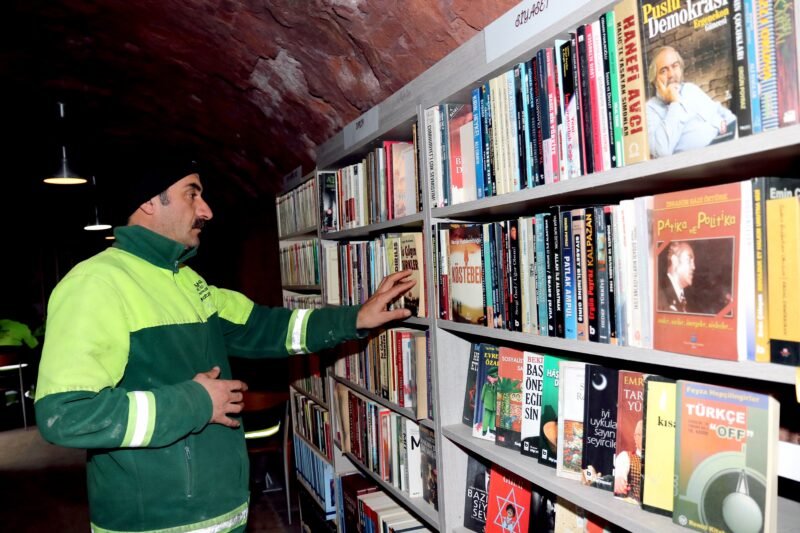Don’t Toss It Away — Fix It! — At The Repair Cafe
We’ve all been there. Our coffee maker, printer, or blender brakes, and it costs way less to buy a new one then to go through all the trouble of fixing it. Responding to this incredibly wasteful phenomenon and the volume of raw materials and energy needed to produce and transport new goods, Martine Postma, an environmental activist in the Netherlands created the world’s first Repair Cafe.
The goals of the Repair Cafe are simple: reducing waste, maintaining and passing on knowledge about repairing, and strengthening community. Since the first Dutch Repair Cafe opened in 2009, this form of unconsumption has gained immense popularity, winning 2013 Radical Innovator of the year, and with Repair Cafes being started all over the world, from Germany to the United States, from Latvia to Brazil and Italy. Now one is opening in Toronto with it’s first meeting May 25!

Repair Cafes are pop-up gathering places where you can bring your broken stuff — electronics, clothing, tools — to be repaired by a team of volunteer electricians, seamstresses, carpenters and other repair specialists. Tools and materials are made available to repair all sorts of goods that could otherwise be thrown away. Without fixed locations, Repair Cafes temporarily transform urban spaces into functional social gathering places, where the project’s social benefits are as appealing as its ecological mission. At the Repair Cafe, you can drink a coffee and get to know your neighbours as you wait your turn to consult with a repair-volunteer.

Interesting to note are Repair Cafe’s uniform design worldwide. Indeed, they are all centrally connected to the original Dutch Repair Cafe, a foundation that believes in the strength of a global repair movement. The central Repair Cafe offers a comprehensive information package, customized advice, posters and flyers, and publicity via their network. To get this support free of charge, an organization in another city must call its project the Repair Cafe, use the same logo, and constantly refer to the central Repair Cafe’s website — another explicit example ‘local’ grassroots initiatives to improve the city are actually part of a global urban culture, with identical projects stemming from wide-spread ideas made possible by the internet.

The design of the Repair Cafe is anything but stylish. Its use of the MS font Curlz maybe even contributes to an anti-hipster look. We find this an interesting and effective strategy for promoting the simplicity of the grass roots solutions that the Repair Cafe brings forth. The repair cafe isn’t about style: it’s a utilitarian, effective solution to overconsumption in the world, and doesn’t need a new-Artisan brand to argue that.

In a crisis economy, environmentally-minded city dwellers have the ability to bring forward a lot of innovation. In this case, innovation isn’t as much of making something entirely new, rather looking back to old ways when people used to fix things before throwing them away. But the Repair Cafe is anything but a purely nostalgic yearning for the simpler days that were. The fact is, we do not have the knowledge in North America and Europe to repair CD players manufactured in China. Recognizing this, and maintaining and passing on the repair knowledge we do have in Europe and North America demands a change of mentality, which is necessary to create a sustainable society. Repair Cafes encourage us to repair what we can, pass on this knowledge, and perhaps start consuming things only within the realm of our expertise. Is this another sign that manufacturing is returning to the post-industrial cities of North America and Europe? In any case, it’s evident, while sharing is the new owning, fixing is quickly becoming the new buying!



